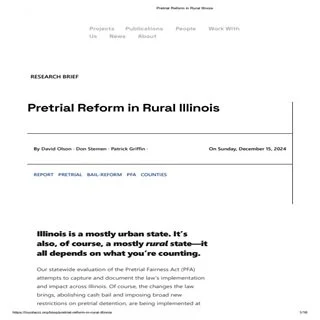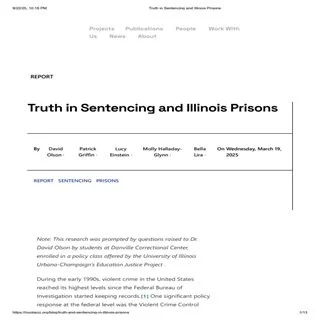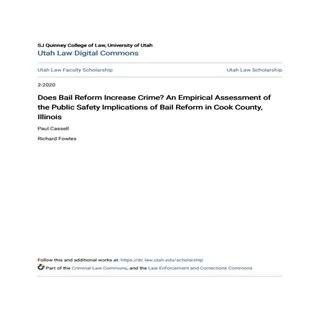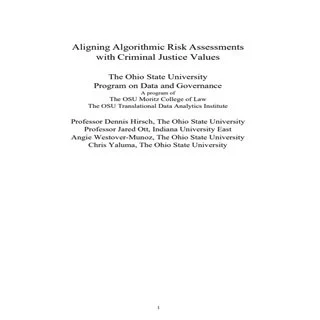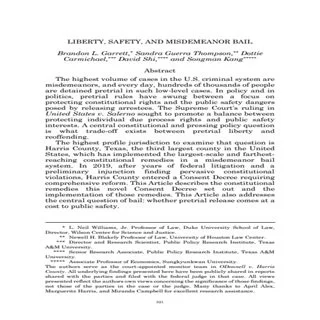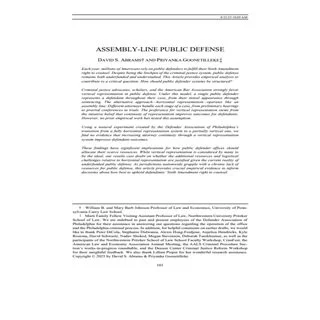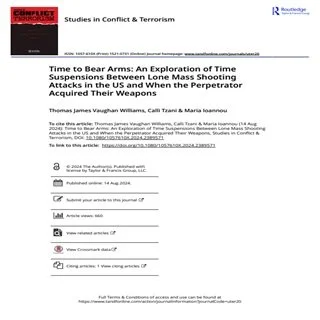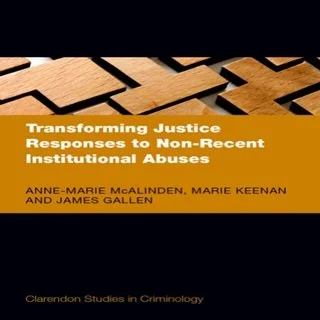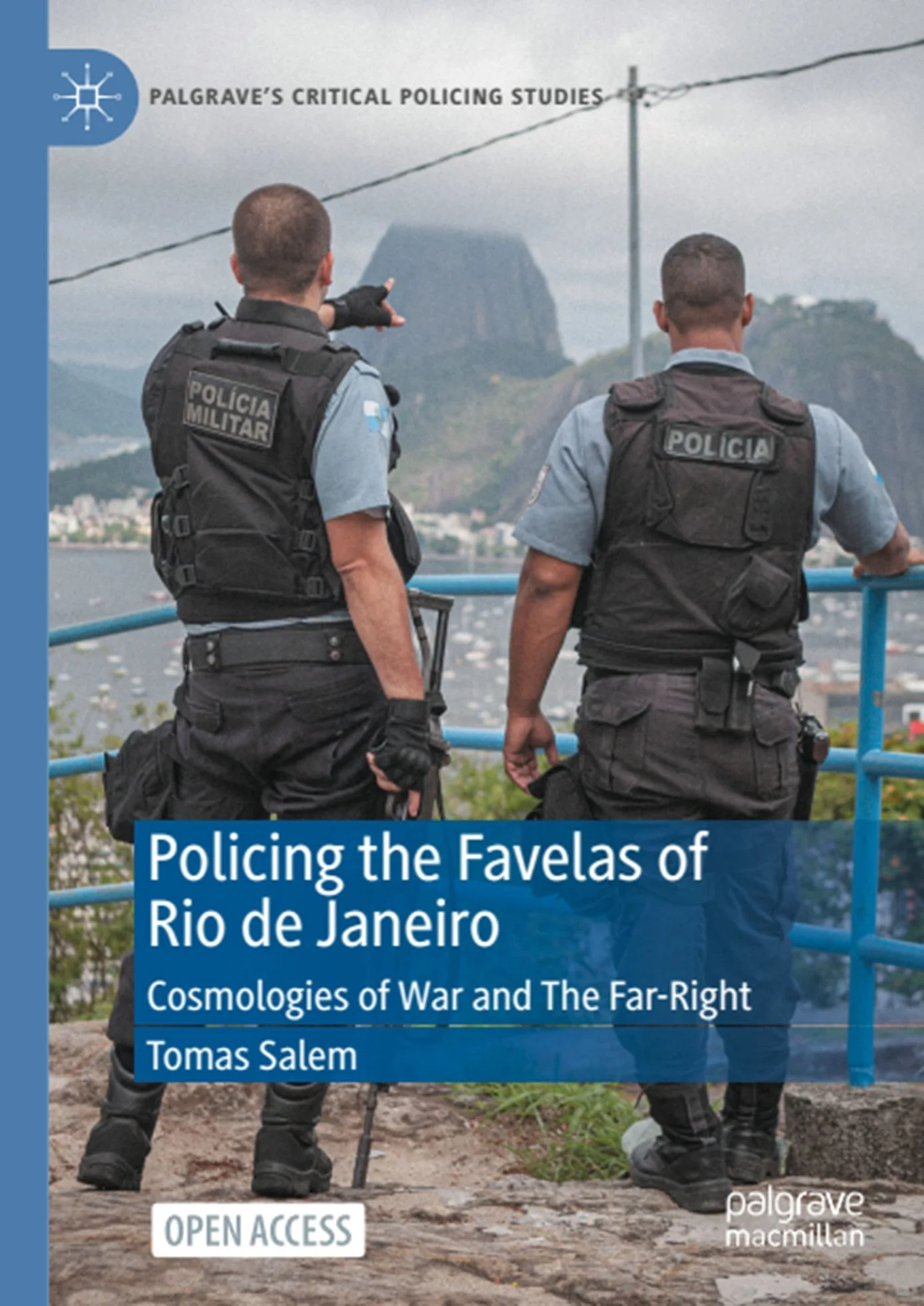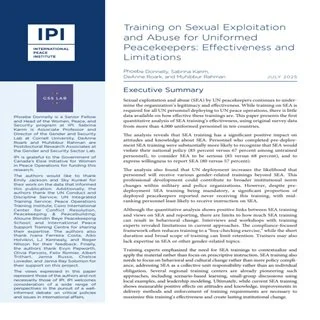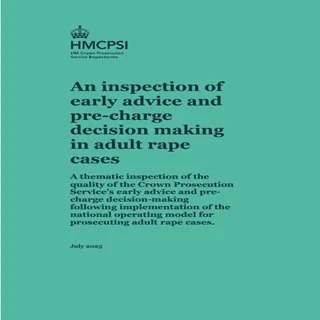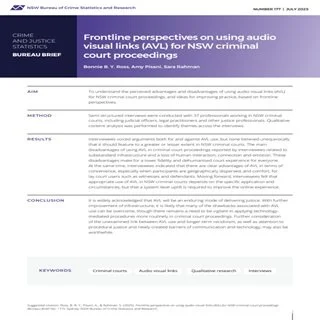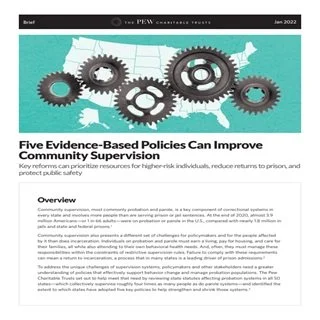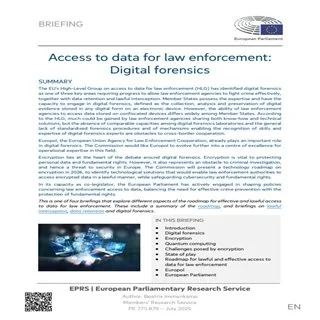By David Olson, Don Stemen, and Patrick Griffin
Illinois is a mostly urban state. It’s also, of course, a mostly rural state—it all depends on what you’re counting.
Our statewide evaluation of the Pretrial Fairness Act (PFA) attempts to capture and document the law’s implementation and impact across Illinois. Of course, the changes the law brings, abolishing cash bail and imposing broad new restrictions on pretrial detention, are being implemented at the county level, and as evaluators we recognize that every individual county is unique. But if we’re going to provide a comprehensive and accurate picture of the way the new law is working throughout Illinois, we have to find efficient ways to combine counties for purposes of analysis. One useful way is to group them broadly into 20 urban counties—mostly clustered into the upper right-hand corner of the map but distributed here and there across Illinois—and 82 rural counties that encompass most of the state’s geographic area. Both are “Illinois.” Both need to be taken into account.Because so much of criminal justice case volume is generated in Illinois’ urban areas, where close to 90% of the population resides, state-level statistics necessarily describe urban, not rural realities.
For some purposes, statewide “grand totals” are useful. But relying solely on them to assess the impact of the PFA in Illinois means overlooking or distorting what isgoing in mostof the state’s courthouses, jails and communities. That’s why real understanding of the law’s effects requires that we recognize and document county-level variations—and particularly the ways that individual rural counties’ PFA experiences may differ, both from one another and from typical urban experiences.
This research brief, exploring rural/urban differences in PFA implementation and impact so far, summarizes and expands on a presentation by the Center for Criminal Justice at the American Society of Criminology Annual Conference in November 2024. It is based primarily on information from three sources:
Data provided by the newly launched Office of Statewide Pretrial Services (OSPS), concerning pretrial case-handling, assessment, and outcomes in the 78 counties (6 urban and 72 rural) in which the agency operates. (Note that the urban county data we analyzed did not include Cook County, which is not served by OSPS. We will be issuing a separate report in 2025 describing what we're learning about Cook County's experience with the PFA.)
Jail population data from jails across the state, as reported to the Jail and Detention Standards Unit of the Illinois Department of Corrections (IDOC).
Insights gleaned from 21 confidential interviews conducted with judges, prosecutors, defenders, and other criminal justice stakeholders in a range of rural counties, both before and after the PFA took effect statewide.
Chicago: Loyola University at Chicago, Center for Criminal Justice, 2024. 13p.


